(CLO) Emissions skyrocketed as China transformed itself into the world's factory, but recently the country has made strong technological improvements to become a clean energy powerhouse.
As the world's largest carbon polluter, China has more responsibility than any other country to reduce global emissions.
Perhaps that’s one reason China is installing wind and solar projects faster than any other country on the planet. As President-elect Donald Trump looks set to relinquish America’s role as a global climate leader, experts say China will have to take the lead.
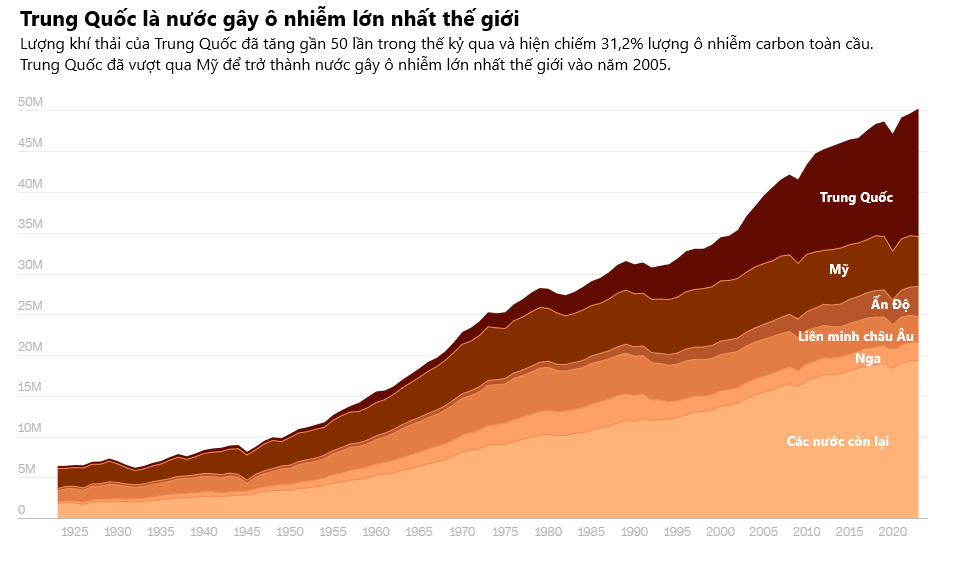
Carbon pollution is at a worrying all-time high, but there is a glimmer of hope: China’s emissions growth is slowing. Some climate experts and senior US officials believe China’s emissions will peak and decline soon.
But it's not that China is using less energy. They're still using more than ever, they're just adding wind and solar to the grid at an incredible rate.
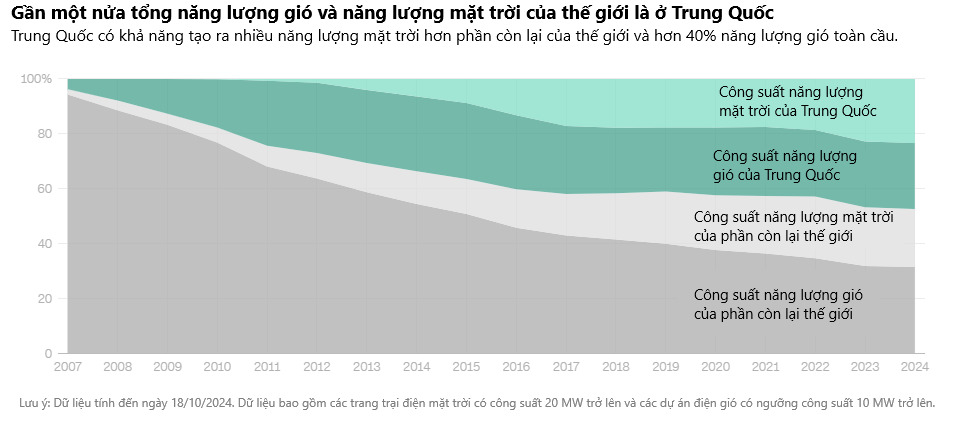
China, despite its pollution that is warming the world, remains a global renewable energy powerhouse.
The country is building two-thirds (nearly 339 gigawatts) of the world’s utility-scale wind and solar projects. That’s enough to power more than 250 million homes, nearly double the number of homes currently in the United States.
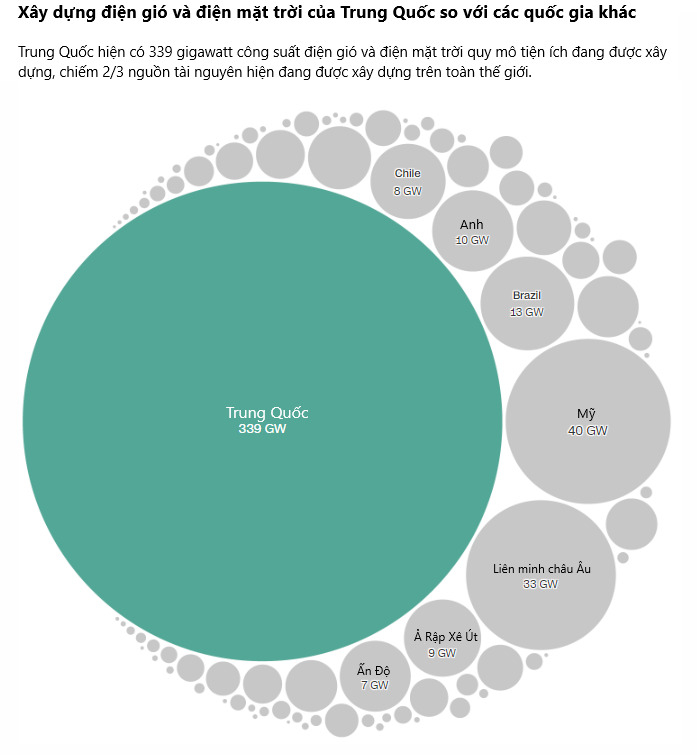
China's solar power is growing so rapidly that by the early 2030s, the country will generate more electricity from the sun than the entire United States will consume, according to the International Energy Agency.
China is also leading the world in solar panel exports globally, largely to Europe and with notable growth in Africa.
While many Western countries have set ambitious climate mitigation targets, China tends to "talk less and do more" than expected, said John Podesta, a senior White House adviser on international climate policy.
“Some of China’s planning scenarios are 100 gigawatts a year, but they’re building closer to 300 gigawatts a year,” Podesta said. Chinese President Xi Jinping previously pledged to build 1,200 gigawatts of renewable energy by 2030, a goal the country has already achieved six years ahead of schedule.

The bigger question now is whether clean energy will lead to the closure of coal plants. According to the Global Energy Monitor, wind and solar power now generate 37% of the country’s electricity, replacing coal’s dominance.
At a recent press conference, Xia Yingxian, director of the Ministry of Climate Change, said China is actively considering a 2035 emissions reduction target, which all countries participating in the Paris Agreement are obliged to announce next year.
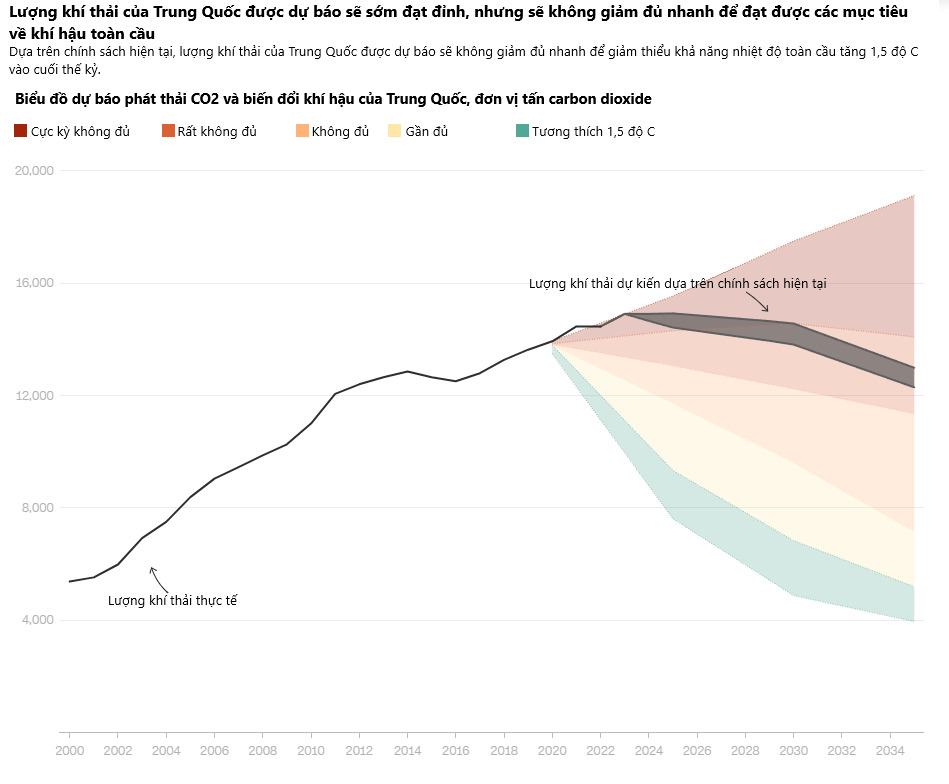
As China’s post-Covid infrastructure boom slows, so does demand for heavy industrial materials like cement and steel. Meanwhile, production of solar panels and electric vehicles is picking up.
Since 2015, China has been responsible for 90% of the growth in global emissions, so its peaking emissions "certainly means global emissions will peak and stabilize," said Li Shuo, director of the China Climate Center at the Asia Society Policy Institute.
Ngoc Anh (according to CNN)
Source: https://www.congluan.vn/bieu-do-cho-thay-trung-quoc-sieu-cuong-ve-nang-luong-sach-du-cap-cho-ca-nuoc-my-post321961.html





![[Photo] General Secretary To Lam arrives in Minsk, begins state visit to Belarus](https://vphoto.vietnam.vn/thumb/1200x675/vietnam/resource/IMAGE/2025/5/11/76602f587468437f8b5b7104495f444d)

![[Photo] General Secretary To Lam meets and expresses gratitude to Vietnam's Belarusian friends](https://vphoto.vietnam.vn/thumb/1200x675/vietnam/resource/IMAGE/2025/5/11/c515ee2054c54a87aa8a7cb520f2fa6e)
![[Photo] Explore the Great Wall of Water in the Suburbs of Beijing, China](https://vphoto.vietnam.vn/thumb/402x226/vietnam/resource/IMAGE/2025/5/5/c2e706533d824a329167c84669e581a0)

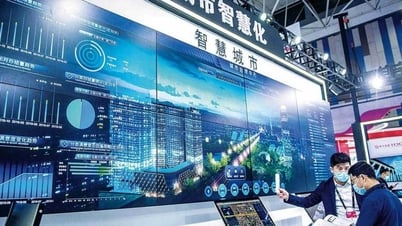








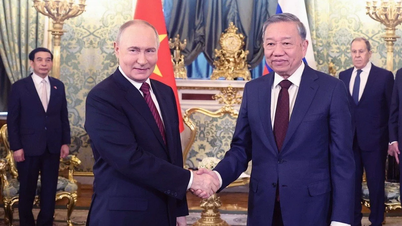



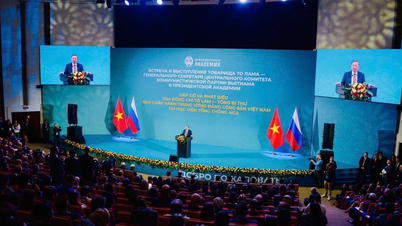










![[Photo] General Secretary To Lam concludes visit to Russia, departs for Belarus](https://vphoto.vietnam.vn/thumb/1200x675/vietnam/resource/IMAGE/2025/5/11/0acf1081a95e4b1d9886c67fdafd95ed)




























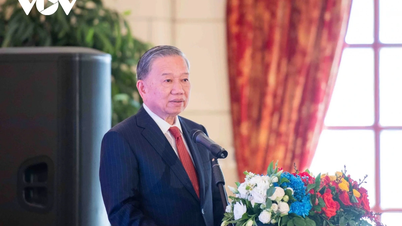





































Comment (0)